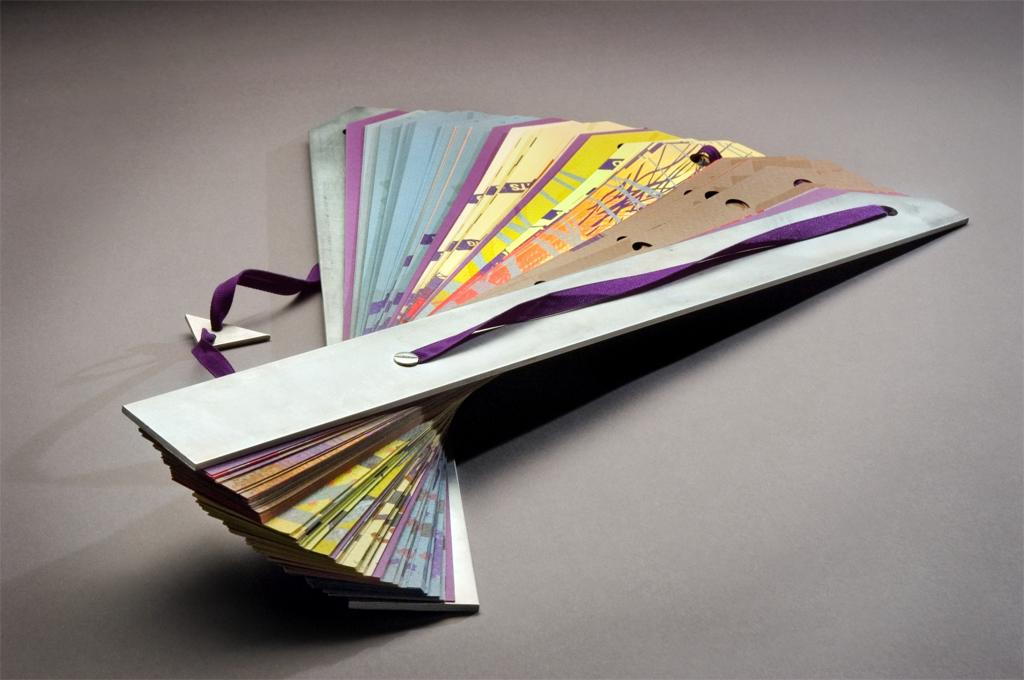
Artists have long been associated with books, most often as illustrators, binders, printers, and papermakers. By the middle of the 20th century, artists began to have a more direct interest in books as works of visual art in book form, and the ARTISTS' BOOKS movement started.
The term has been interpreted in different ways by a variety people at different times. Since the beginning of this movement, artists have turned to the book concept and form for artistic expression, exploration, and experimentation. The original meaning promoted a democratic vision of mass produced, low-cost books as art for anybody. The term is now more broadly applied to any book created by the artist as a work of art, or as Ed Ruscha said “art on the first order.” The Institute’s artists’ books collection reflects the history of this dynamic art form since the genre’s emergence.






















These images are of books in the CIA Library's artists' books collection.